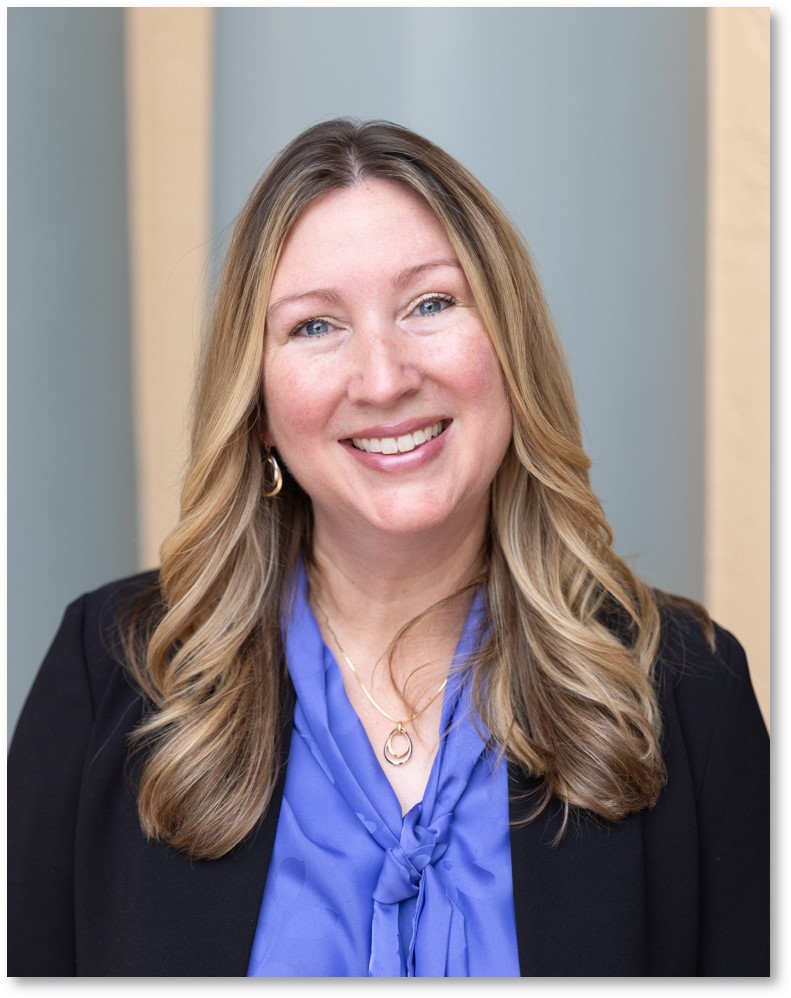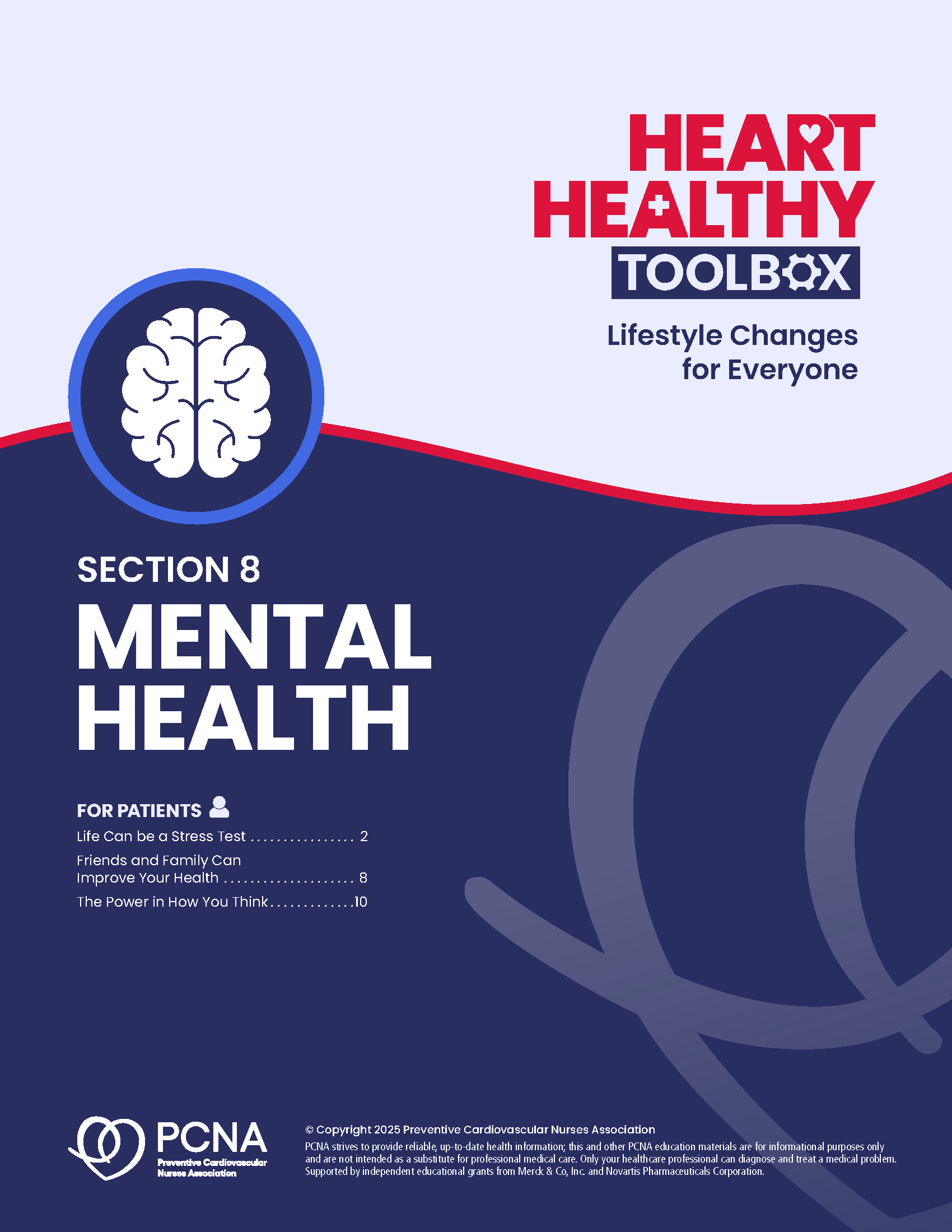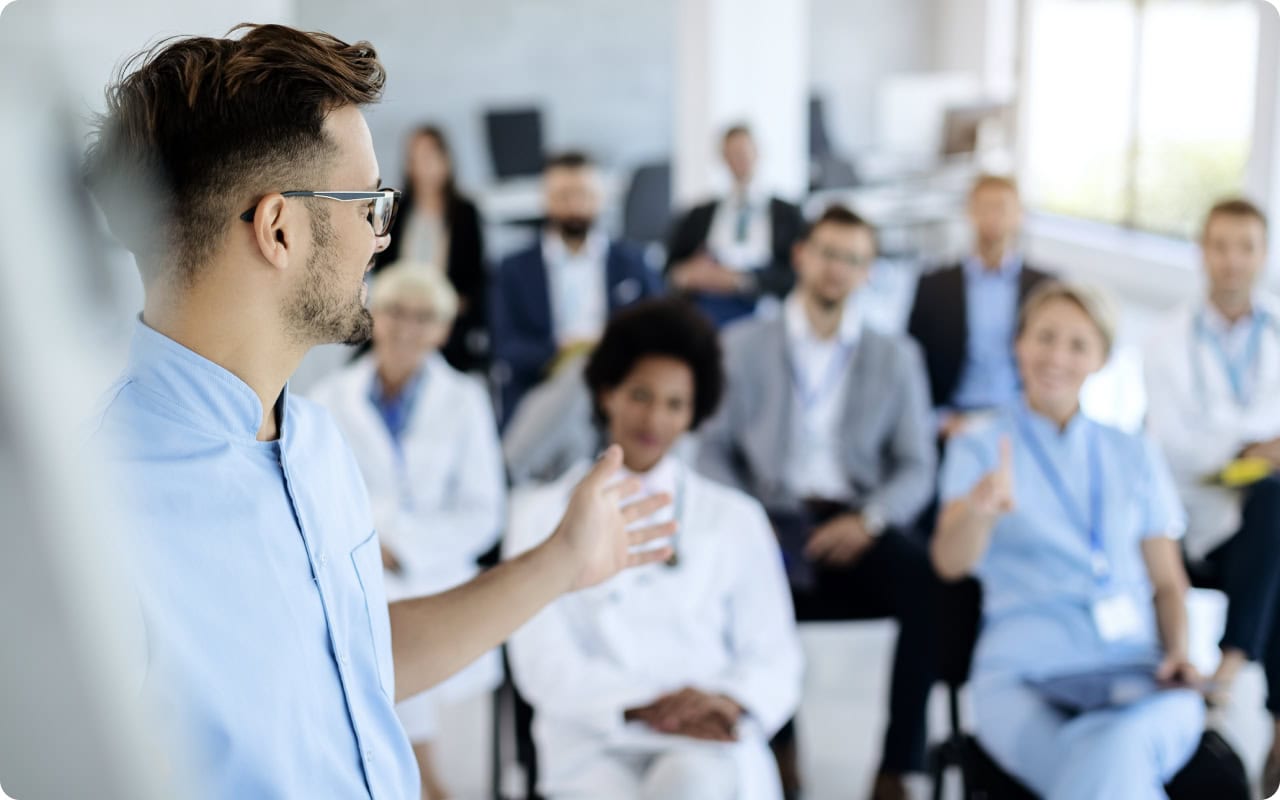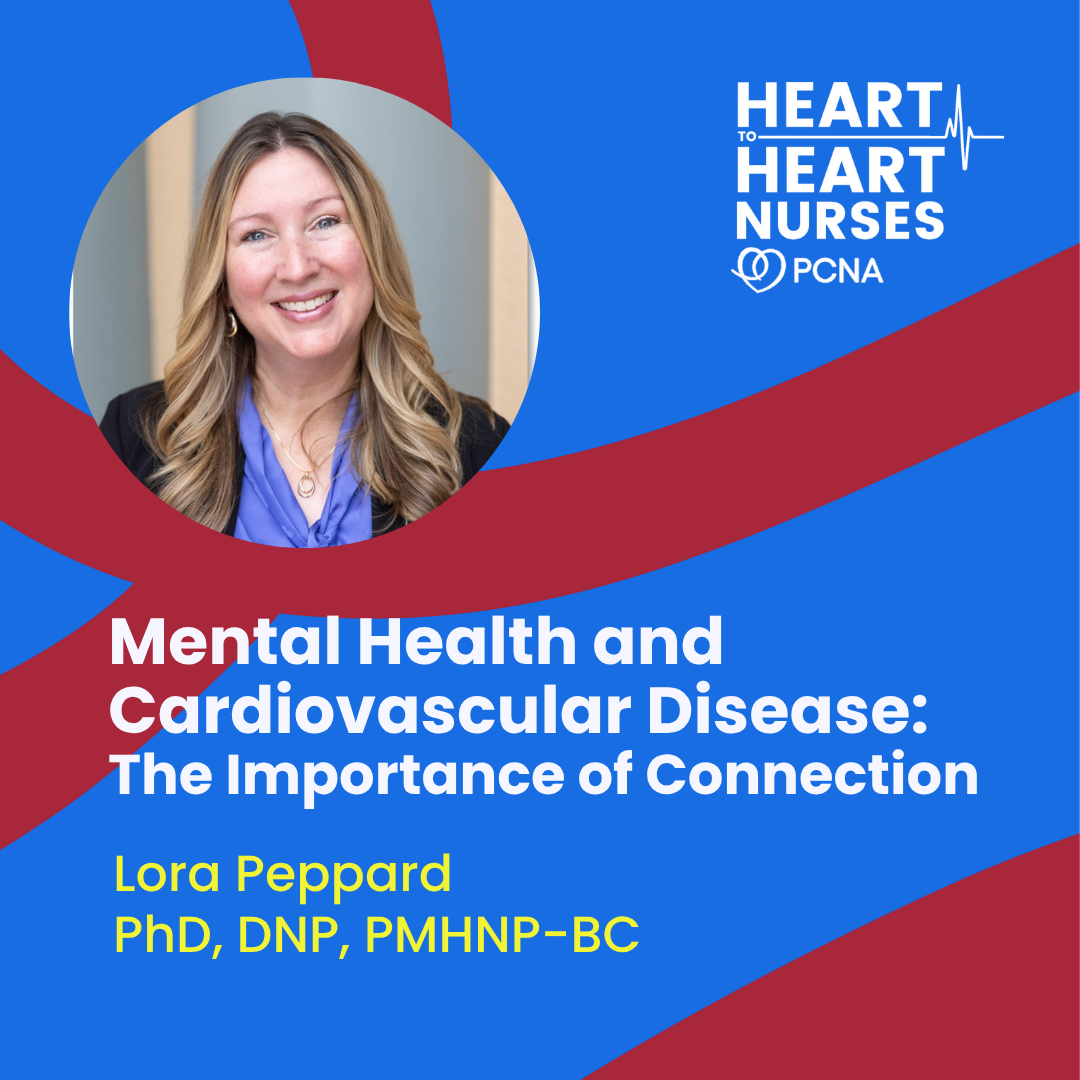“Connection can be the key to health, and those facing disconnection are at significantly higher risk of CVD, stroke, T2D, and other health issues. Guest Lora Peppard, PhD, DNP, PMHNP-BC, describes the importance of relationships and the 6 core beliefs that can help our patients and ourselves have improved health.
Episode Resources
- CE course: The Extraordinary Impact of Connection on Mental and Cardiovascular Health
- Our Epidemic of Loneliness and Isolation – PDF
- Dr. Julianne Holt-Lunstad
- The Top Five Regrets of the Dying
- The Power of Mattering: How Leaders Can Create a Culture of Significance
- Christina D. Bethell, PhD, MBA, MPH, Director, Child and Adolescent Health Measurement Initiative
- Family Resilience Connection Index
- American Psychiatric Nurses Association
I’m Erin Ferranti, board president for PCNA, and I’d like to welcome you to this episode of the Heart to Heart Nurses Podcast. PCNA is the proud home of cardiovascular nurses and one of the leading figures in the fight against cardiovascular disease. We have the resources you need for your day-to-day practice or to follow your passion to new areas of learning and growth.
Geralyn Warfield (host): 00:20)
Welcome to today’s episode where we are going to be talking about the science of connection. And we’re here with Lora Peppard. Lora, could you introduce yourself to our audience, please?
Lora Peppard (guest): (00:27)
Sure. I’m Lora Peppard. I am a director of a National Training and Technical Assistance Division for Substance Use Prevention out of a program called HIDA, High Intensity Drug Trafficking Area. And I also am currently serving as the Immediate Past President of the American Psychiatric Nurses Association, which I think is how you all stumbled upon me. So, I serve multiple different roles, but I’m happy to be here today in that context.
Geralyn Warfield (host): (00:54)
Wonderful. Well, thank you so much for agreeing to share your expertise with our audience. And why don’t we go ahead and get started talking a little bit about that science of connection, because there is a science to it.
Lora Peppard (guest): (01:06)
There is indeed a science to it. The topic in general is often dismissed as, ‘I got that.’ ‘Yeah, of course. We know that’s important.’ ‘I do it in any way that I can.’
But the question of, “is it truly at the forefront of my mind at all times? Do I truly recognize the impact of it?” very rarely surfaces for a lot of individuals because we’re busy. We’re busy with life. We’re busy in relationships, right? We’re busy with work and it just doesn’t rise as a priority often enough.
So, maybe just a little background on how we went into this journey to start to maybe elevate it a little bit in people’s minds. When I was with the American Psychiatric Nurses Association last year, I was serving as President, and I had a year to engage our membership. We have over 15,000 psychiatric nurses across the country that are members of APNA.
And we wanted to lean into a topic together that could benefit all of us. And it was important to me that it not just benefit all of us as psychiatric nurses, but as human beings.
And it was very evident that there was some disconnectedness. Among the nation, we were seeing a lot of books coming out on it. The Loneliness Epidemic Report from the Surgeon General, Dr. Vivek Murthy at the time, had just come out. And so, we thought, you know what, let’s pursue and just developing an organized way of thinking about the full potential of connection across multiple domains, every domain that it touches. And so, we embarked on that journey.
And I’ll be sharing a little bit of that in my presentation [at the 2025 PCNA Cardiovascular Nursing Symposium] today, but the science behind it, honestly, it was quite overwhelming. Like if you look into it, it’s amazing the impact that connection, connection with self, connection with others, connection with spirit, connecting through our senses. It’s amazing the impact that it has on our health.
And when I did a deep dive into the current state of the science, I stumbled upon someone called Dr. Juliana Holt-Lundstadt. She is a professor of psychology and neuroscience out at Brigham Young University. She runs the social connection and health lab out there. She’s studied over 300,000 participants across the world. And her science actually was the primary science, a lot of what grounded that loneliness epidemic report.
But she basically found that, in one of her famous quotes revolves around this fact that, we should be paying attention to social connection in particular because our life truly does depend on it. And she has a demonstration, multiple outcomes that demonstrate that those who are socially disconnected
are at a much greater significant risk of cardiovascular elements. So cardiovascular disease, stroke, type 2 diabetes. So those were some of her physical health outcomes.
And then there’s a lot of literature and science to support its impact on mental health, depression, anxiety. So, across the board, there is a real science to connection.
And then carrying that forward into beyond just that social connection piece, the full relationship and the benefits of the relationship. And a book that always stuck with me was the, have you read Bronnie Ware’s Top Five Regrets of the Dying?
Geralyn Warfield (host): (05:04)
No, I have not.
Lora Peppard (guest): (05:06)
Well, the top five regrets, all of them in some way, shape or form, revolve around a disconnectedness either with others or with self, and regretting that. So, it’s neat to just kind of pause and take a minute with the science and then ask yourself, how does this relate to me?
Geralyn Warfield (host): (05:28)
So, I suspect connectedness, as you’ve described it, affects many different parts of our lives. But the connections themselves can have a range. The way I’m thinking about it is, for example, if I’m taking a train and I smile at another individual, just in passing, that is a connection. And it’s very small, it’s very brief, but it might make the biggest difference in that person’s life.
If I get to my work setting and let’s say I’m working with a patient and you know, we have a long-standing relationship. Maybe I’ve seen this patient time and time again, maybe I know their family history, you know, I’ve gotten to know them, so that’s a little bit deeper. Then it goes on from there, of course, to our family and friends that we know even more than that. So those relationships can also be on a continuum as well then, can’t they?
Lora Peppard (guest): (06:15)
You just framed that so beautifully. There is a whole relationship continuum. And you’re kind of diving into a mechanism, if you will, of how it works, how relationships work.
So, along the continuum of relationships, you might have a moment with someone like you were just describing and that moment may inform a belief that they have about themselves. And we know that that’s a real mechanism that informs and impacts these outcomes that we’re interested in: well-being, resilience, health, overall health.
But then you may have multiple moments with someone through a long-standing relationship. And what the Surgeon General actually illuminated in his report was a way of deconstructing relationships and social connection that addresses that specific continuum. And he breaks it down into three components. And really when I say relationships, social connection, they’re used and they’re intertwined.
But the first component is structure. So, what is the structure of your relationships? What is the frequency of them? Do you have a variety of relationships? Do you have frequent exposure to that variety of relationships? And so that represents the structure.
Then the next element, he has is function. So, what is the function of your relationships? How are those needs that you have being met through others? What role do they serve in your life? And so, the subway example is so beautiful because that one moment, well, it was one moment.
They received you through their senses. They received that smile, which then triggered this whole sensory processing cascading rhythm that yields beliefs about themselves, the way that they feel, that yields a sense of meaning related to that situation. And all of those things can be protective in nature. So that’s what function is.
And then the third component is quality. Are those moments, are those long-term relationships, are they satisfying? Do they yield a positive expectancy related to life, or what type of impact are they having? So, I thought that was a really neat way of thinking about it.
And, specifically referring to this message that even within the context of one moment, you can be building protection, you can be building prevention in those that you are coming into contact with. And it can be so subtle but yet so powerful.
Geralyn Warfield (host): (09:19)
I am so grateful to you for expanding on the idea that everything we do every single day really does matter.
Lora Peppard (guest):
Yeah.
Geralyn Warfield (host):
And it sometimes has long-standing effects that we wouldn’t even recognize. For example, if you are the person at the front desk in an office and maybe like many places, or most places anymore, it’s overwhelmingly busy. And just having someone that you can connect with, or that connects with you, can make the entire rest of your day, maybe the rest of your week, maybe even the rest of your life. It can make it more positive and/or more negative depending upon what that interaction is.
So, even within the scope of health professionals, how we treat each other as well as how we treat our patients, how we treat the families, how we’re treated by our organization really does have a long-term effect, doesn’t it?
Lora Peppard (guest): (10:17)
It sure does. And what you’re conjuring up in my mind is it’s not really a new science, but it’s just now being translated, it seems like, for more public consumption. But it’s the science of mattering.
And Zach Mercurio is, I’ll put a plug in for him. He really should pay me. I’m like his agent because I talk about him all the time now. I had an opportunity to talk with him because I used some of his resources and this institute that I was just delivering.
But he has he has broken down mattering science into this kind of three-part formula. And, basically, mattering and using his definition is this this idea of feeling significant because you feel valued but you’re also adding value. And these two elements, so feeling valued, adding value, they’re kind of mutually reinforcing. So, when you feel valued, there are these sub-beliefs that start to pop, if you’re overarching belief is ‘I matter.’
So, someone is coming up to the front desk and that individual at the front desk is looking them in the eye and demonstrating even through nonverbal ways that that person has value. That even that two minutes while they’re filling out the form, asking them how they’re doing, “You know, it’s good to see you again today.” Whatever it is, if they’re adding value in that way and helping that person to feel value. That person, according to mattering science, is more likely than to develop these two sub-beliefs of ‘I’m worthy’ and ‘I’m capable.’
And when those sub-beliefs start to have an impact, then they start adding value in different ways. They start contributing to this world. And let’s just, you know, stick with the example of the lady at the front desk. So, they complete that form and they complete it fully. And they’re thoughtful about it. And they submit that form and, this is like a minimal example, but it still works.
And so, they add value to that front desk attendant’s job. Because everything’s been completed. It’s been completed in a timely manner. They can enter it. They can proceed on and whatever their work is. And what we know is that if that person then notices that and affirms that value that’s been added to that job, it’s mutually-reinforcing then for eeling valued in the patient who’s just come in to fill.
So, it’s this really interesting cascade.
And you know, there are more powerful examples of it. We at the Institute, we were talking about youth well-being. And this is so, I mean, how many of us have kids? How many of us intersect with youth in some way? And while they might need it, while it’s foundational really for them at their age, it really spans across all ages of life the importance of this, but think about the context of mattering for youth. And those little things that they do and those little things that you notice.
And so that’s the formula that Zach MacCurio actually suggests is, you’ve connected with this individual, but if you notice, you affirm, and then you need them. So, what that means is you notice them and that they are a person in this world, that they are adding value, that they have a role, they have a purpose.
And so, it’s just the very fact of paying attention to them. So subtle, but so crazily important.
And then you affirm the unique gifts that kind of they’re bringing to this world. And what that’s doing for them. It’s a sense of meaning, sense of purpose. It’s really reinforcing these things.
And then you let them know that they’re needed in these neat ways. So, you let them know that they’re essential, that they’re indispensable. That they’re relied upon, you know, the lady at the front desk relied upon the patient to complete this form in a thoughtful way, and be honest. And consider her as well, and her job, and what she has to do.
So, these even more subtle things do have an impact because it’s a ripple effect across time. So, the science of mattering is all of you can, again, I’m his agent now, it seems like. His book is coming out in May [2025], The Power of Mattering.
And a lot of that science started with studying adolescents. But mattering, ‘I matter,’ is a direct belief that can be learned through relationships. Is learned, not can be, is learned through relationships. There are a lot of relationally learned attributes and characteristics.
Geralyn Warfield (host): (15:50)
Lora, thank you so very much for discussing that with us. We are going to take a quick break and we will be right back.
Geralyn Warfield (host):
Welcome back to our discussion with Lora Peppard. And Lora, I know you wanted to talk about health-promoting relationships and I’m hoping you could discuss that for us.
Lora Peppard (guest): (16:04)
Sure.
We’ve been on this journey. So, the connection paradigm was developed with the American Psychiatric Nurses Association. And then, building upon that and looking specifically at youth, the center that I work with at University of Baltimore, we built a health-promoting relationships paradigm.
And a direct partner in that work was Christy Bethel. And she runs the Child and Adolescent Health Measurement Initiative out of Johns Hopkins University and has been studying something called flourishing since 2008. And has a huge database that we call the flourishing science that she’s amassed, and contributed to. And really informs a lot of state-level work and state-level measures on the way that we look at family resilience and connection and just a beautiful body of work.
And so, we partnered in kind of gathering all of these science related to my outcomes of interest, primarily are substance use prevention, mental health prevention, suicide prevention, and violence prevention in youth.
So, I’m looking at kind of this prevention science related to those outcomes, and she has this flourishing science and we kind of combine them. And when we started looking at them, there were certain beliefs that surfaced that were just critical in terms of they could be learned and are learned through relationships.
And again, you know, this was originally around youth, but this still relates to all of us today. And so, when we thought about the definition of a relationship, which your standard Oxford dictionary definition is a relationship is very simply a way of connecting with others. And we wanted something a little more solid, something that would represent that this is a forward-facing, a positive relationship towards certain outcomes. Those outcomes were health and well-being.
And so, we looked at the definition of health promotion and that field. And health promotion is kind of this process of enabling an individual to have control over and impact their health in some type of way. But the key word there is enabling. And to enable is to give someone the means to do something. And so, this phrase, a health-promoting relationship, is one that is with intention. It’s one that just like when you were on the subway and you smiled at that individual, you probably smiled because that’s your nature. And it’s good.
But, interestingly enough, that was with intention, you know? Ultimately, you wanted some benefit for that lady. For that individual who received that smile.
And so, what we’ve done is we’ve extracted the means, how to enable through beliefs and associated skills and protective factors and values. But these six core beliefs, I really can’t stop thinking about them since we kind of generated them.
And we’ve talked about one, we’ve talked about ‘I matter’ and all the sub beliefs associated with that. And just a quick note on that one. ‘I’m capable’ is the protective factor of self-efficacy. ‘I’m worthy’ is the protective factor of self-worth. So, you kind of see how there’s this huge underbelly also for each of these beliefs.
But if we can keep at the forefront of our minds kind of and memorize really these beliefs and just think about them and ask ourselves questions and these moments that we have with people, we can start to shape kind of this culture of connection if we’re all thinking about this. And if we’re making it a priority and if we truly are promoting health through relationships.
So, the six beliefs, because I know a cliffhanger there, right? You’re waiting on these.
So, the first one is, ‘I can influence and impact my life and health.’ And you see these protective factors of agency. Agency are this inherent ability that we know we’re able to control our lives in some way and impact its direction, and many others.
But the premise of that one is, and this is so important, especially for youth, but for everyone, is that you’re in control. No matter what’s going on around you, all the adversity that many people are living within, the context, no matter, if you know that you can influence and impact your life and health, things will be different. You still may be living within that context, but there’s something about that that enables well-being because it’s coming from within, it’s driving from within. You know—there’s power to knowing—that you have influence.
The second belief is ‘I have something to offer.’ I have something to offer. And you see kind of flavors of that in the ‘I matter’ category where you’re adding value. But again, starting with youth, I have something to offer. I have unique gifts. I have a place in this world because I have something to offer. And so, there are many sub-beliefs that trickle.
The third one is ‘I matter’ and we’ve covered that.
The fourth one is ‘I can overcome hard things.’ And you see me moving my arms because we created hand motions to help people remember them at the Institute because we want them to be a priority and at the forefront of your minds. But this idea of, I can overcome hard things, that was so apparent from the flourishing science and in measuring with youth, there are specific measures on the Family Resilience Connection Index around were you able to identify strengths within your family that helped you get through hard things in your life.? Did you overcome together, that familial relationship? Did you overcome that together or in isolation?
But this idea that I can overcome hard things, no matter what, it directly then relates to, I can influence and impact my health. And so, you see these beautiful threads start and you start to see this mindset. And this mindset is protective, it’s preventive, it can help them flourish.
The next one is ‘I have support.’ So, I have support all around me and this is a big one. Youth often feel alone. You know, my 15-year-old just recently mentioned to me, she’s like, “It’s hard being a teenager, Mama.” So going back to Vivek Murthy’s breakdown of a relationship, I have support, and ideally, you’re going to have a variety of different types of support that you’re frequently encountering.
And the final one is ‘life is on my side.’ Life is on my side.
We had this question that came up in our institute around, well, for youth who are living in the context of where life is not on their side. And many of us live in that as well. How do we help support development of that belief if it seems contrary to what the environment is suggesting?
And Christy Bethal beautifully kind of explains that, again, no matter what else is going on, it’s like a plant trying to grow through the concrete. It may never completely get through that concrete, but it’s the fact that it’s trying. It’s the fact that it knows that there’s this big bright world on the other side of that concrete. And that’s where the power is.
And so, believing that life is on your side because you have all these inner elements. It’s the center strength. This is where a lot of that kind of spiritual connection science comes in as well, spiritual coping, other types of coping mechanisms, Really, those skills build that belief in many ways, but those are the six beliefs. You want to try them with me?
Geralyn Warfield (host):
Sure. Okay.
I didn’t get all the hand motions, so you’re going to have to help me out.
Lora Peppard (guest): (25:29)
We’re going to do it together.
Geralyn Warfield (host):
Okay, great.
Lora Peppard (guest):
Alright. I can influence and impact my life and health.
Geralyn Warfield (host): (25:36)
I can influence my life and health.
Lora Peppard (guest): (25:38)
Yes. I have something to offer.
Geralyn Warfield (host): (25:42)
I have something to offer.
Lora Peppard (guest):
I matter.
Geralyn Warfield (host): (25:44)
I matter.
Lora Peppard (guest): (25:47)
I can overcome hard things.
Geralyn Warfield (host):
I can overcome hard things.
Lora Peppard (guest):
I have support.
Geralyn Warfield (host):
I have support.
Lora Peppard (guest):
And life is on my side.
Geralyn Warfield (host):
Life is on my side.
Lora Peppard (guest):
That’s what we want to foster and cultivate through health promoting relationships that all starts with connection.
One thing we didn’t get to talk about are kind of these facilitators of connection, but they’re in the toolkit that is available on the American Psychiatric Nurses Association website.
It encompasses characteristics like humility, patience, kindness, and just a way of being with someone that helps to facilitate that relationship.
Geralyn Warfield (host): (26:25)
Wonderful. Well, we will definitely put links to those in the show notes so our audience can access those.
I do have one more question for you and that is what one key takeaway would you want our audience to walk away with?
Lora Peppard (guest): (26:38)
The key takeaway that is always at the forefront of my mind, and really is the culmination of all the science is that we need relationships to be well. Period. We need social connection. We need relationships to be well. That’s physically well, mentally well, spiritually well, within ourselves well, self-connection.
So, I’d say that’s a great one to end on.
Geralyn Warfield (host): (27:08)
Lora, thank you so much for giving us so much food for thought and actionable items that we can take and utilize in the next moments and next days of our lives.
Lora Peppard (guest): (27:20)
Thanks for having me.
Geralyn Warfield (host):
Thank you so much. Great to spend time with you.
This is your host, Geralyn Warfield, and we will see you next time.
Thank you for listening to Heart to Heart Nurses. Visit PCNA.net for clinical resources, continuing education, and much more.
Topics
- Lifestyle and Behavior Change
Published on
November 18, 2025
Listen on:

PhD, DNP, PMHNP-BC
Related Resources







